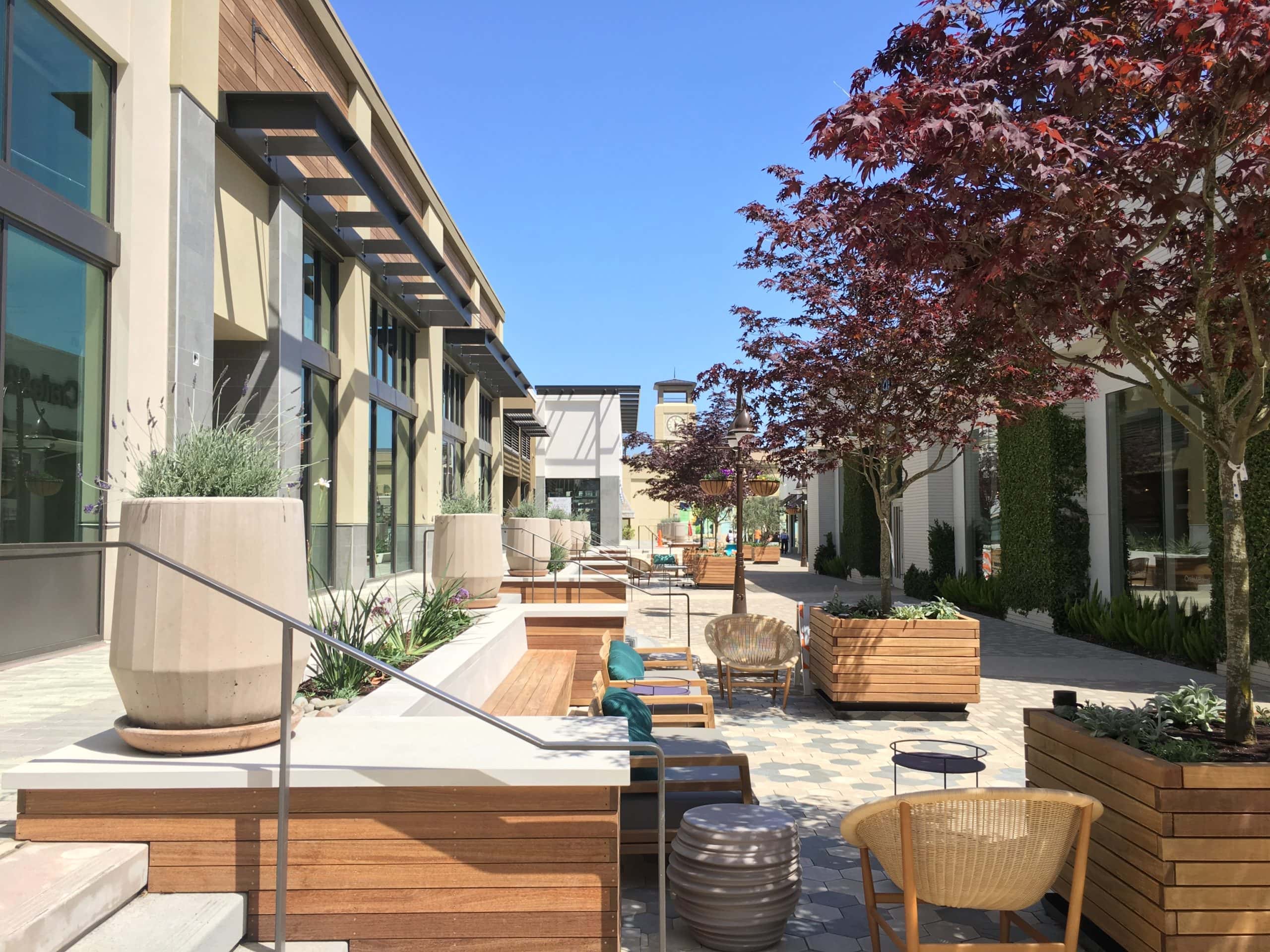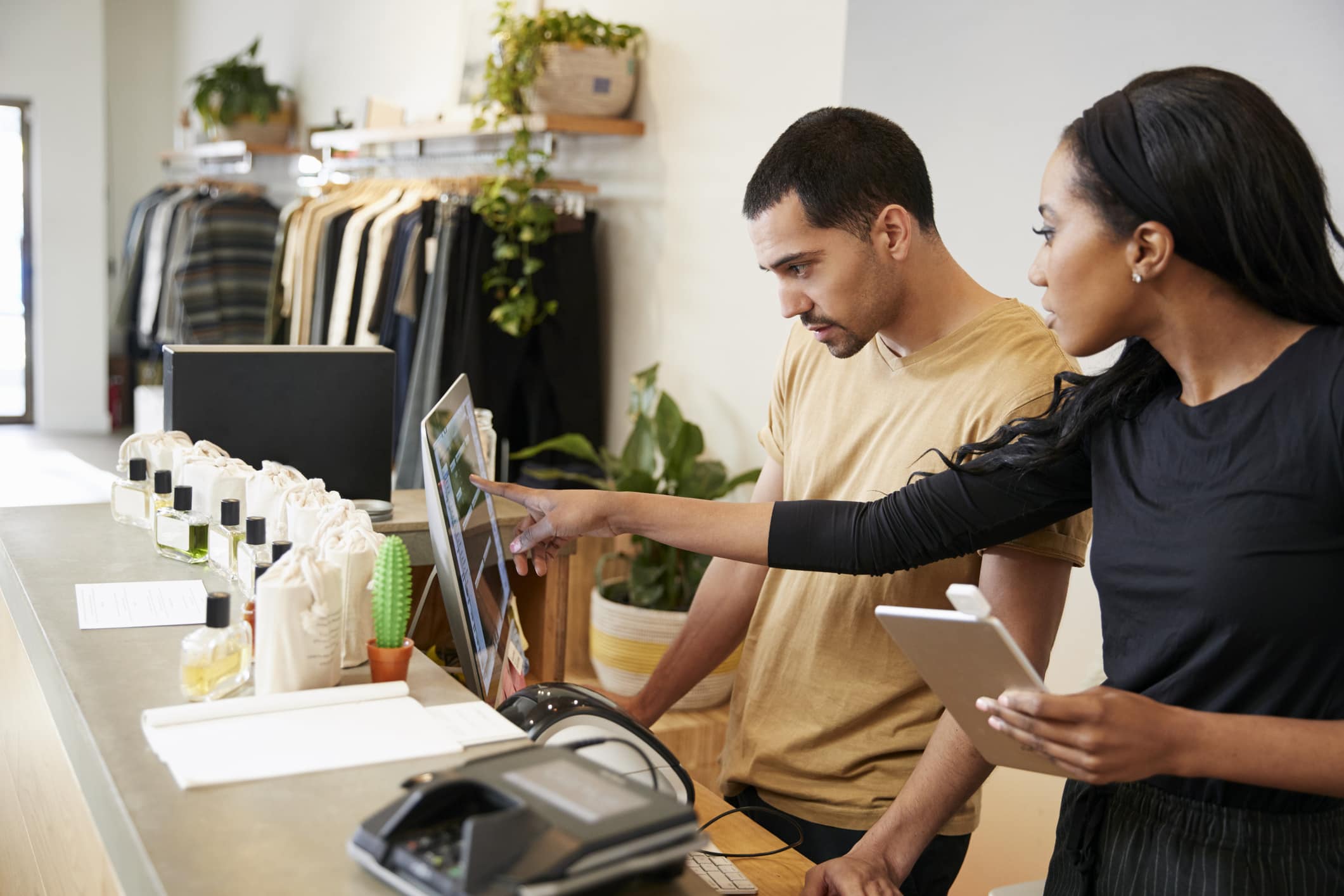Retail centers all over the country are seeing big-box stores like Macy’s and Sears close their doors due to increasingly dropping sales. Without these anchors bringing customers in the door, retail centers are having a bit of an identity crisis. With online shopping and two-day delivery just a click away, why go to the mall? That million (er, billion) dollar question has LandDesigners thinking about how to transform forgotten shopping centers into unique customer experiences that will bring value back to owners and the community.
"Goods and services are no longer enough; what consumers want are experiences - memorable events that engage each individual in an inherently personal way. For retailers to survive and thrive tomorrow, they must understand the ramifications of today’s fundamental shift in the very fabric of the economy.” - B. Joseph Pine II co-founder of Strategic Horizons LLP + author of The Experience Economy
Today, retail centers have to compete in a digital world. Digital storefronts can offer consumers the same, or even more, products and deals than their retail competitors, with less time and effort from the customer. But that doesn’t mean brick-and-mortar storefronts will disappear. LandDesign Principal, Eric Pohlmann says that we won’t see physical stores go away. In fact, online brands, like Warby Parker, Bonobos, Casper and many others are continuing to open physical stores throughout the country.
In order for retail to thrive in this digital age, retailers must create something different for consumers, specifically, something no one else has within the market. Whether it’s repositioning the store itself, the exterior space or the experience of getting to the store, everyone is searching for the ‘it’ factor. That leads us to the real question retailers are asking—what ideas are driving the new retail landscape?
Make it Mixed Use
Some shopping centers are looking to add more uses like residential, office, entertainment and open space to support retailers. By adding a mix of uses, the retail space becomes a high-density mixed use district, rather than a singular shopping destination. In the past, much of the space in retail centers has been taken up by unused surface parking. We live in an era where mobility and transportation is rapidly changing and there is an opportunity to recapture parking spaces for new commercial development to complement the retail experience.
LandDesign projects like Northlake Mall (Charlotte, NC) and Westminster Mall (Westminster, CA) are both going through renovations to enhance the overall experience. Focusing on how these centers can best serve their communities, property owners are considering a mix of uses to make these suburban centers more attractive.
See Things Through a New Lens
Technology is leading the transformation of experiential shopping, and physical storefronts can embrace technology as a differentiator between them and the digital competition. Retailers tend to forget that consumers want to touch, see and feel a product before making a purchase — something digital storefronts can’t provide.
Tools like interactive apps and augmented reality are meant to engage and delight the consumer and give them multi-sensory experiences of seeing, smelling and hearing new things. Retailers have the opportunity to use these tools to create a customized, immersive and memorable experience with their brand These experiences can create the emotional connections that ultimately drive purchasing decisions. Retailers can lean on technology to enhance the shopping experience and generate brand awareness and marketing in the influencer world (win, win!).
Keep Things Fresh
Experiential retail doesn’t always have to be about permanent design changes. In the past, retail lease agreements would last from five to seven years. Now, there is a shift to shorter lease terms allowing for new brands to rotate spaces to keep the shopping experience fresh. Pop-up shops have been keeping retail trendy for years, but recently, leading retail developer, Macerich, is taking the concept to their shopping centers. Macerich’s Pop-Up EXP is a micro-retail, pop-up experience that allows retailers to test out merchandise, capitalize on product launches, interact with thousands of consumers and create memorable experiences with their brand. Additionally, New York-based retailer, STORY, created an entirely new shopping experience through their ‘pop-up like’ concept that sells items from the point of view of a magazine. The carefully curated storefront acts like a pop-up shop that changes concept every four to six weeks, keeping the brand relevant and creating an exclusive experience for shoppers.
We’ve being seeing the term ‘retail apocalypse’ everywhere, but from where we stand, retail isn’t dead; it’s just evolving!
Today, shoppers care more about how they spend their time, who their dollars are going to, and ultimately, having an authentic and exciting retail experience. The way consumers shop has changed and it’s not a surprise. Let’s be real, who actually wants to spend their Saturday wandering aimlessly around a crowded mall? People desire something truly different, and when you put the experience first, it opens up a world of possibilities for retailers.
In reality, we have an exciting opportunity for the retail market to be the strongest it’s ever been. So let’s start with the idea, and then design the heck out of it!

